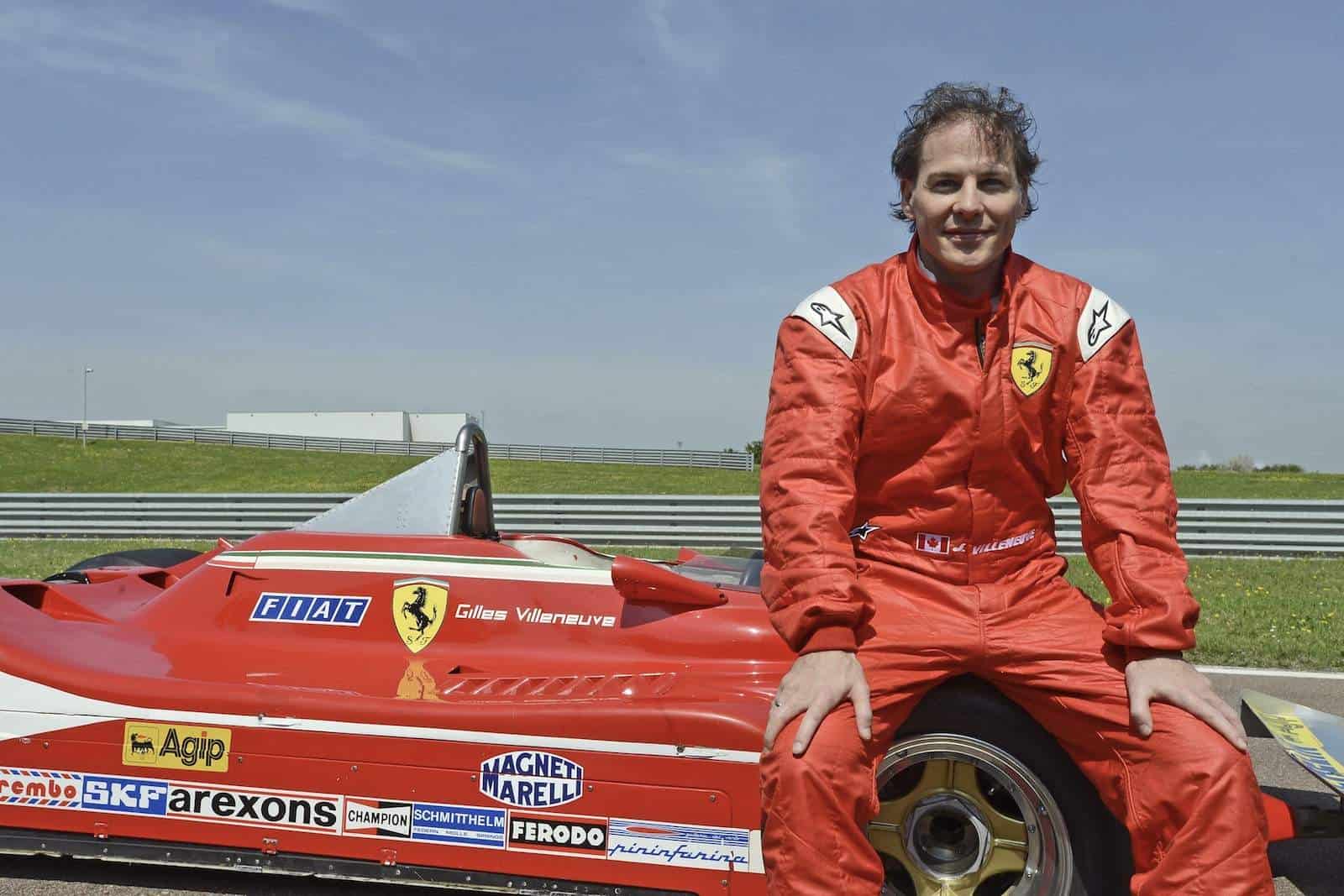With shovels ready to hit the ground to kick off construction of the much anticipated Area 27 track in sunny Osoyoos, BC, Canadian racing legend Jacques Villeneuve took the opportunity to visit Vancouver to help his partners in the enterprise kick off a rally event to promote the ambitious project.
Our own Russell Purcell took the opportunity to chat with Jacques about his contribution to the design of the track as well as future plans during a cocktail event at the Open Road Group’s Porsche Centre Langley.
Jacques became involved in the Area 27 project when his friend Bill Drossos came up with the idea of creating a new private track facility in the sun-drenched Okanagan region of British Columbia. A scenic 200 acre parcel was located near Osoyoos, and with the help and participation of the Osoyoos Indian Band, a plan was quickly put into place for a multi-purpose recreational facility focused around high-performance automobiles.
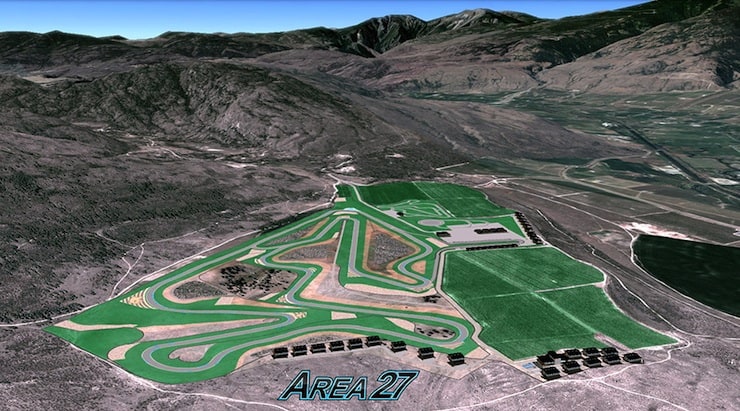
“Bill and I have been friends since I was 16 years old,” said Villeneuve, now 42 years old. “I met him when we both attended the Spenard-David Racing School at Shannonville, where we were both acting as mechanics at the time.”
“He approached me with the idea of the track a few years ago, and I loved it, as I have always enjoyed designing tracks just for fun on paper. I had already designed a go-kart track in Quebec, but recognized that it would be interesting to design a real dedicated racing track.”
Now residing in Europe, Villeneuve didn’t get involved in the process of acquiring the land or getting the necessary approvals needed to construct such a facility, but he was excited by the location of the property selected due to its scenic natural beauty, proximity to the large markets like Seattle and Vancouver, and favourable climate.
People tend to remember my father as driving the number 27 Ferrari, but that is the number he died with. When he won his first race and was fighting for the championship he was driving number 12. For that reason I think the number 12 is a much better number.
“In this day and age everything is complicated,” said the bespectacled racing driver, “but with the participation of the Osoyoos Band, we knew we had the key to building a successful venture.”
“It also helps that the area is a popular summer destination, so having resorts, wineries, and other recreational facilities in the vicinity made the location perfect for our needs.”
Villeneuve and his partners recognized that there are a lot of “petrol-heads” in the region who do not get the opportunity to really drive their high-performance automobiles in the manner they are intended to be used, so a facility like the 4.9-kilometre track they are building will provide them with a way to experience their cars in a safe environment.
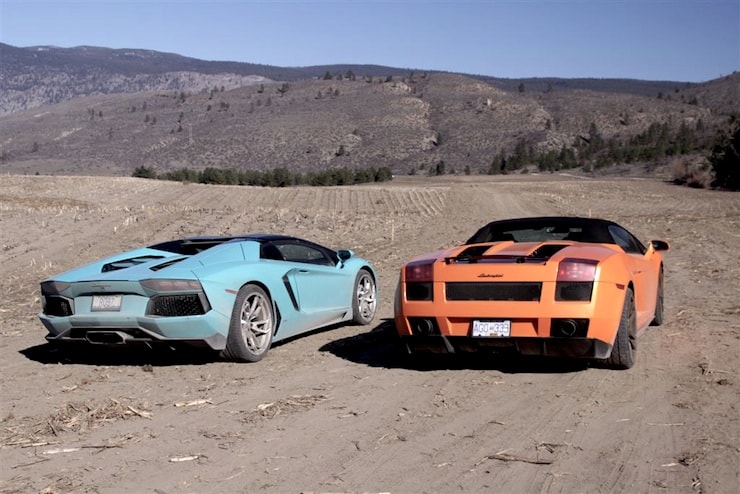
“Thirty-years ago people used to drive fast on the public roads,” said Villeneuve, “but this was not a responsible thing to do. By becoming a member of our group they will have access to a racetrack and driver training so they will become better drivers, learn more about the capabilities of their cars, and be able to have a lot of fun.”
When it came to designing the layout of the track Drossos approached Villeneuve with some initial ideas, and the Osoyoos Band came forward with a number of potential sites.
“For the most part we had to go with what was available, but we were looking for a relatively hilly terrain. What we eventually decided upon proved much hillier than what we initially planned for, but it is a good terrain to work with as we don’t have to touch the land too much; a factor that greatly reduces construction costs and makes sense from an environmental standpoint.”
I didn’t try to replicate any features from other tracks, as the reality is that a corner is only as good as what comes before and after it. There has to be a natural flow to a track and the driver needs to establish a rhythm to be able to drive it quickly.
Villeneuve revealed that it is important to let the natural lay of the land design the track, rather than forcing it onto the land. “When something is completely flat you can do whatever you want as if it was a blank sheet of paper,” said the budding designer after some reflection, “but then you don’t know where to start and may struggle to come up with ideas. If you consider the terrain as it exists you will notice certain shapes and elements that you can utilize, remembering to keep the design logical based on what you are working with.”
“I have always found that the best tracks are those that give the driver the feeling of actually travelling somewhere; going from point A to point B rather than just circulating in a parking lot. For that you need topographical variety which gives you a real reason to put a corner or a straight away in a certain location. We will run in a counter-clockwise direction as this best suited the placement of the higher speed corners.”
Villeneuve’s main goal was to design a track that he would have fun driving on. “To get enjoyment I need the track to be interesting and therefore, challenging,” proclaimed the 1997 Formula 1 World Champion, “unlike most modern track designs.” As a result, while Villeneuve was penning the Area 27 track he reflected on what made some of the old tracks so special, although being careful to consider those driver safety at all times.
“I wanted to design a track that helps communicate to the driver the reason why he or she got into racing in the first place. Therefore, there has to be both a fun factor and a risk factor to it.”
As a top-level racing driver Mr. Villeneuve has driven on many of the greatest circuits the world has to offer, but he was careful not to try and just copy corners and features from these other facilities. “I didn’t try to replicate any features from other tracks, as the reality is that a corner is only as good as what comes before and after it. There has to be a natural flow to a track and the driver needs to establish a rhythm to be able to drive it quickly.”
The accomplished driver relied heavily on his racing experience when planning the design of the track. “It is always good to have a very high-speed corner that is taken almost flat-out followed by an area where heavy braking is required so that you can surprise another competitor and execute a pass. I think that we have achieved a nice balance with our layout.”
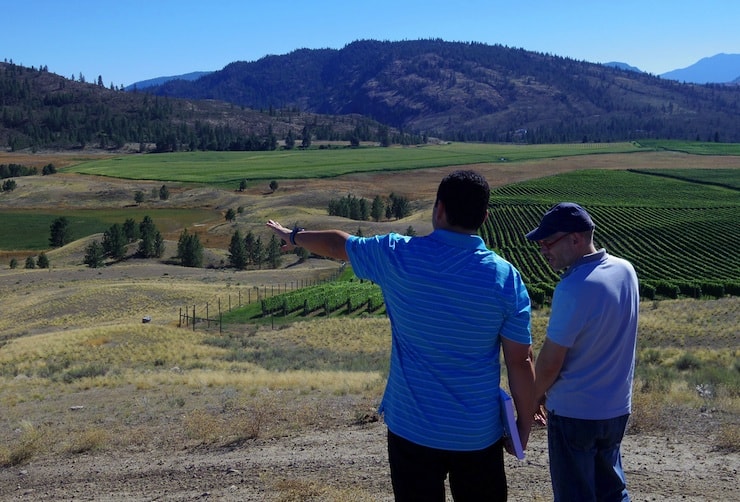
Jacques believes that when it comes to naming corners or other aspects of the track there should be some logic to the eventual choices rather than just looking to establish labels for historical purposes. “I believe that you should select names that would best describe that portion of the track to another person, as if you were seeing it for the first time.”
Area 27 members will need to take an advanced driving course before hitting the new track. This is required for insurance purposes as there will be multiple cars on the track at the same time, but it will also allow them to learn how to extract the most from their vehicles and hopefully, further develop their skills behind the wheel.
“Just because you have a fast car and access to a racetrack doesn’t mean that you know what you are doing. It is still possible to get seriously hurt even at a track that has been designed to the highest standards. If you are on your own and hurt yourself that is one thing, but when there are others on the track with you it is imperative that you also consider their safety. The truth of the matter is that in order to enjoy the act of driving you need to really know what you are doing so our courses will help our members improve and become much better drivers.”
“If you make a track overly safe it will lose its appeal as the driver won’t experience adrenalin rush. You always need to have an element of risk in the sense that you will pay a price for your mistake, but I wanted to make sure that it was a very small price at this track. I don’t suspect that you will risk your life or destroy your car, but if you happen to push the limit and go beyond the edge you will definitely pay a price.”
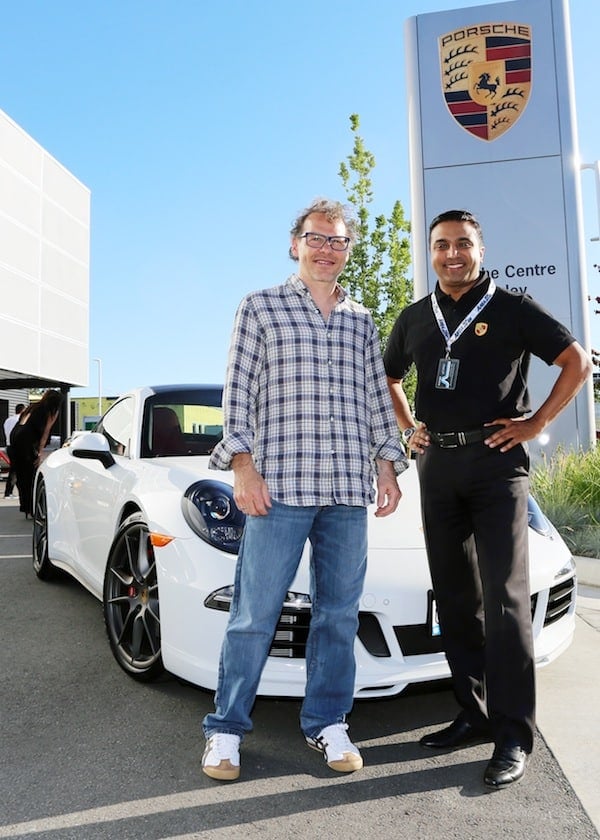
The Area 27 complex will include a dedicated kart track, but Villeneuve doesn’t see the discipline as being a necessary step for developing drivers.
“I recognize that karting is a great training ground for driving,” said Villeneuve, “but I believe that you just need to be involved in some kind of sport that lets you learn from your mistakes and push yourself beyond your limits. You should choose a sport that has some element of speed. For example, I was a skier and didn’t start racing until I was 17-years old, but I knew how to select a line and had developed excellent situational awareness.”
There are two numbers that have long been associated with the Villeneuve name when it comes to competition. Both Jacques and his late father Gilles sported the numbers 12 and 27 on racing cars at the height of their respective careers, but Jacques was quick to point out during our interview that he had never been involved with number selection during his career or in naming the new circuit in Osoyoos.
“The team and sponsors chose those numbers for me during my time in Indy Car, largely for the image it would bring and the historical connection to my father. I didn’t like it, but it did have a positive effect when it came to marketing.”
“People tend to remember my father as driving the number 27 Ferrari, but that is the number he died with. When he won his first race and was fighting for the championship he was driving number 12. For that reason I think the number 12 is a much better number.”
Villeneuve won the 1995 Indy 500 and the CART championship in the number 27 Player’s machine, so he is not surprised that the number 27 has emerged again as part of the new track’s name. While this is largely for the same marketing reasons as before, the Area 27 name was also selected due to the fact that it correlates nicely with the name for the secret U.S. military base known as Area 51.
“The Area 27 name is a play with words and numbers that is easy to remember, but it also makes it easy for us to develop and name other tracks if we choose to open more facilities in the future.”

